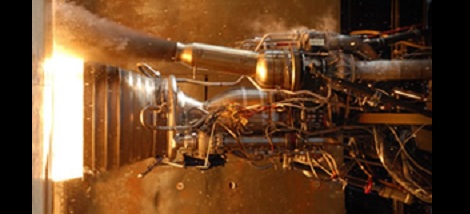
If you want to see something awesome this afternoon, watch SpaceX’s live broadcast of an engine test today at 3:00 pm EDT/12:00 pm PDT/7:00 pm GMT. You’ll see nine Merlin rocket engines power up to full thrust during a test for the upcoming launch of a Dragon space capsule to the ISS.
This is just a static test – hopefully the nine Merlin engines won’t go anywhere. To get an idea of the power behind these engines this is a test of just Merlin engine being fired at the SpaceX open house in Texas a year or so ago. Today, nine engines will be fired at once.
Check out the videos after the break to see just how awesome the Falcon 9 is going to be.
via boingboing
Continue reading “Watch A Rocket Engine Test Live This Afternoon”















